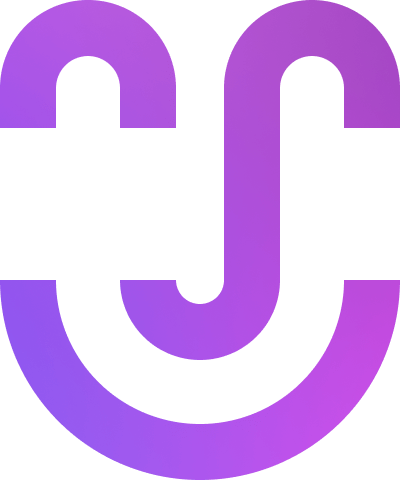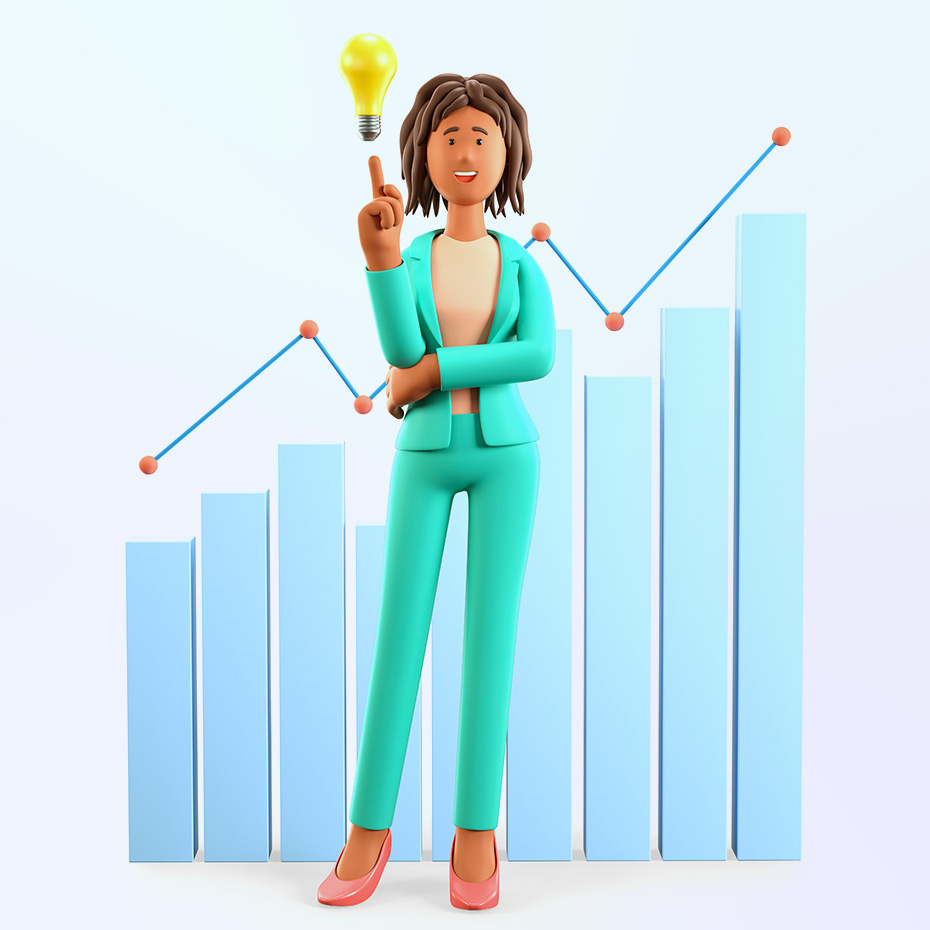Artificial intelligence is a specialized branch of computer science. Although the most recent technological advances have greatly broadened access to this discipline, it remains a cutting-edge field with complex concepts.
We often talk about the benefits of AI for human resources and the advantages it provides for recruitment, decision-making and performance evaluation. However, it can be difficult to understand the technical aspects.
Definitions
Here are some definitions and analogies to demystify AI and help HR professionals develop a general understanding of it.
Data
The Office québécois de la langue française (webpage in French) defines the term “data” as “the representation of information, coded in a format that allows it to be processed by computer.” Data can be quantitative or qualitative and come from a variety of sources.
Here are a few examples of human resources data sources:
- Candidate interview summaries
- Annual performance reviews
- Forms for new employees
- Salary, bonus and total compensation history
- Accident reports
- Employee surveys
Algorithm
As our partners at Microsoft Azure said so well, an algorithm is “a sequence of calculations and rules used to solve a problem or analyze a set of data.” It includes “instructions for questions to ask but written in math and programming code.” In short, the algorithm is the problem-solving process.
Model
A model is trained with a data set using algorithms that allow it to ingest the training data. The quality and quantity of the data are key elements that help improve a model. Once you have a model that has been built, you can provide it with new data from which it can make predictions and continue its refinement.
Predictions
The prediction is the output after the models have processed the data. In HR, predictions are recommendations based on the organization’s previous rules, processes and decisions. The AI assistant will answer your various HR questions in one of the following ways:
- In binary mode (yes or no): for example, if a candidate meets the objective requirements for the posted position.
- From several possible results: for example, the list of actions to take after a work accident.
- With a numerical value: for example, the correct percentage for a salary increase.
A funny and insightful analogy
To explain how it works, we like the analogy Cassie Kozyrkov, Chief Decision Intelligence Engineer at Google, makes with cooking. The Harvard Business Review France summarizes it this way (in French).
Ingredients = Data
Just as ingredients form the basis of a dish in cooking, data plays a similar essential role. AI can’t work without data.
If you put the wrong ingredients in your recipe (the wrong data), you shouldn’t expect to get good results in the end. Your ingredients really matter. If you’re making an apple tart, you need to have enough of a specific variety of apples. They should be ripe enough, washed, peeled and cut to the right size. The same is true for data in an AI project: you need to pay close attention to its quality, quantity and preparation for your intended use case.
Recipes = Models
In AI, models correspond to recipes developed to perform data analysis. In the kitchen, you have to assemble the ingredients and cook them in a precise order following a set process. In other words, to achieve the best, most consistent results, you need to follow your recipe. And some recipes are much better suited to the available ingredients. Over time, your recipes, like your models, may need to evolve.
Appliances = Algorithms
In cooking, appliances transform the ingredients and make them evolve towards the final result. If we take the example of an oven, its job is to cook the ingredients to transform them into the expected dish. Good cooks know their appliances and how to get the most out of them. This is also the case for AI experts and their algorithms.
Dishes = Predictions
In cooking, a dish’s success depends on several factors, like the quality of the ingredients, the right recipe and the cooking. To ensure that the dish is the best it can be, you have to taste it. The predictions are the end result of the chain. You need to validate their accuracy and adjust your ingredients (data), recipe (models) and choice of appliances (algorithms) as needed.
AI and human resources
AI is a field where there is a great opportunity to propel the human resources profession to new heights. It can help reduce costs and optimize operations. More than ever, HR professionals need to become familiar with this new reality.
The Airudi team includes both human resources specialists and artificial intelligence experts. Our algorithms have been custom-developed to process and analyze HR data and respond to specific issues, whether it be decision-making, enhanced recruitment or performance evaluation. We can help you throughout the process, ensuring that you receive quick, reliable HR recommendations tailored to your needs.
Amanda Arciero, M.Sc., CRHA
Vice President of Operations
amanda.arciero@airudi.com
Jan Rockemann
Senior Director, Technology and Software Development
jan.rockemann@airudi.com








